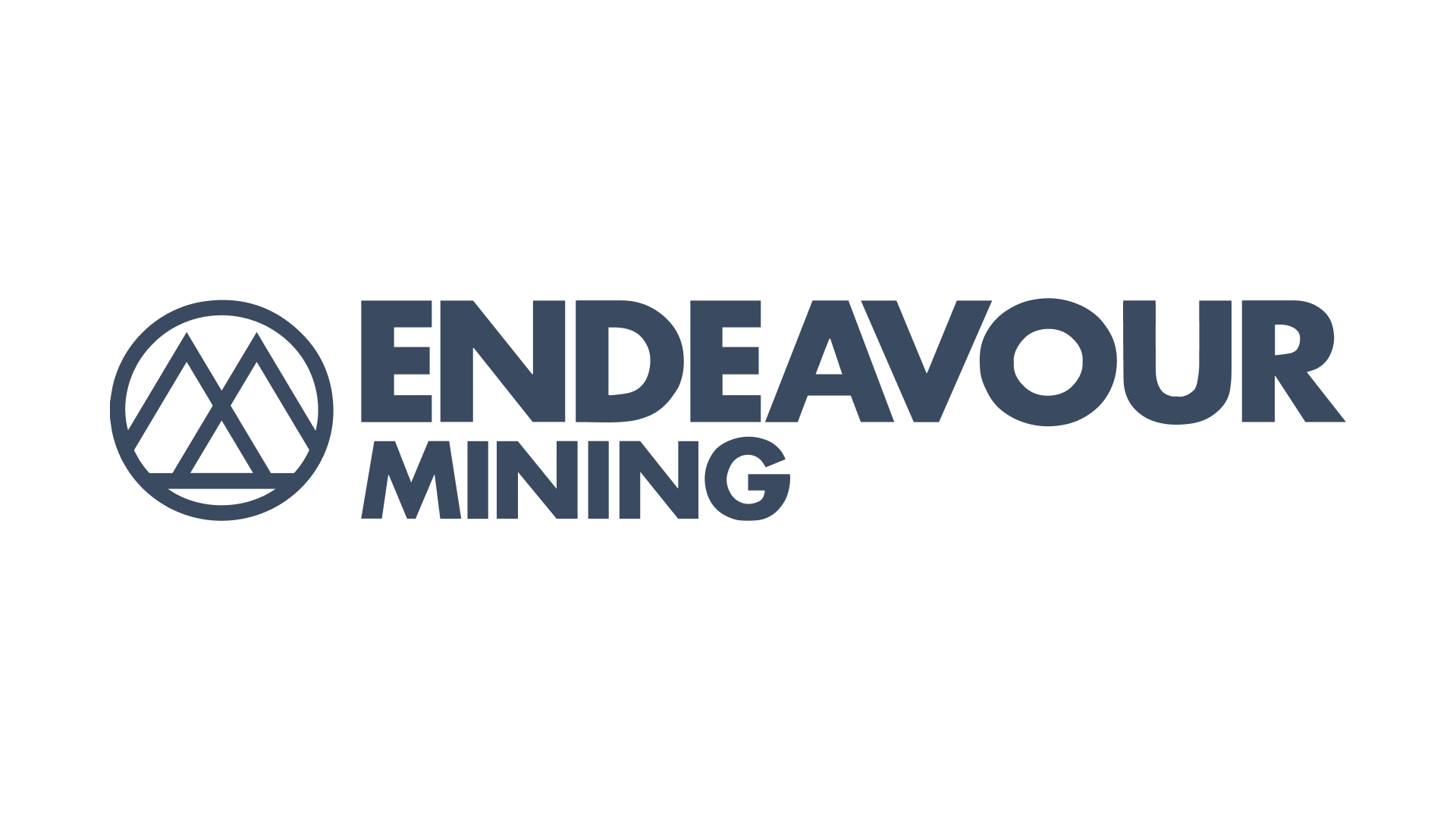July 1944
Keynes fails at Bretton Woods and the problem takes its course
July 1944: More than 700 delegates from 44 nations meet at the Mount Washington Hotel in Bretton Woods, New Hampshire. Among them: the US, Canada, Australia, Japan, and some European powers. One year before the end of the war, they decide on the world’s new monetary order: the first and, so far, only monetary system based on international treaties.
- The USdollar will be pegged to gold, all other currencies will be pegged to the USdollar. This is a variant of a proposal by the British economist John Maynard Keynes – with one small but important difference: Instead of a new, neutral world reserve currency, yet to be created – called “the bancor” by Keynes – the USdollar will play this crucial role.
- The Bretton Woods Agreement (BW) cements the role of the USdollar as reserve currency and that of US government bonds (Treasuries) as reserve assets. The USdollaris “as good as gold” and will henceforth play the role of gold in the world monetary system.
- The International Monetary Fund (IMF) and today’s World Bank are created as new, international bureaucracies to prop up the BW system.
- On paper the IMF and the World Bank are responsible for balancing temporary imbalances by way of loans. But theimbalances are structural, and too large. The US therefore initiates theMarshall Plan to rebuild Western Europe and restore it to solvency.
- The reconstruction of Europe is so successful that the US has its first negative trade balance as early as 1950, a trend that will continue and intensify until today.
- The BW system is now running as planned – but this does not eliminate the systemic problems. In fact, they are just getting started.
- Washington startsto export paper money and import real goods. But the printed paper money is backed by US gold reserves, and those begin to shrink rapidly in the 1950s as other countries exchange their USdollars for gold.








